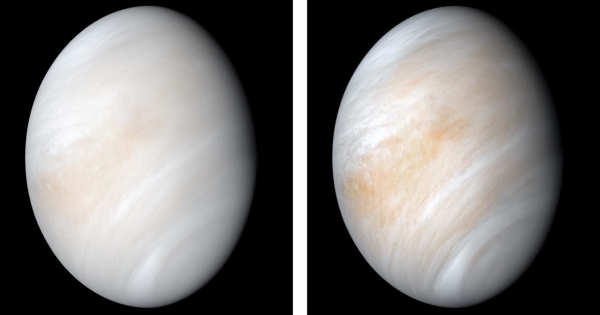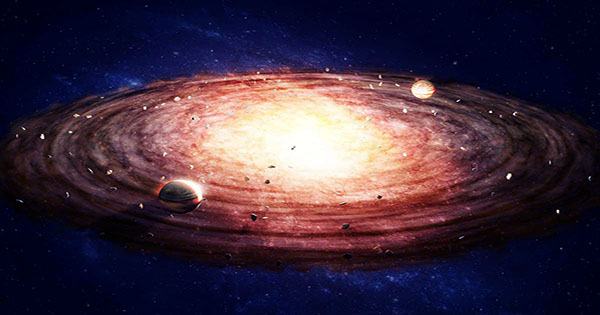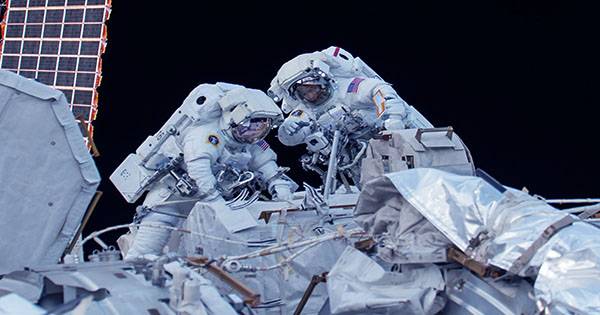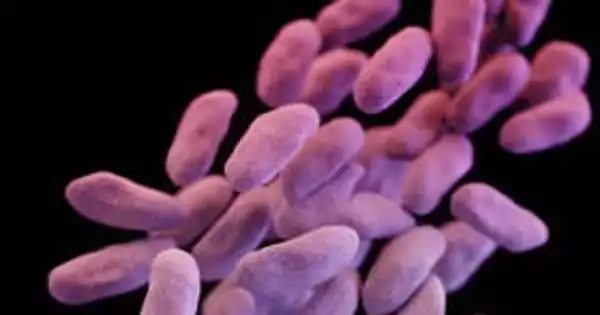Since the phosphine discovery last year, there has been increased interest in Venus as a world with the possibility for life, not merely as an “Earth-Twin gone wrong.” It would undoubtedly be strange to live there, and new research now reveals that it is potentially doable. The research, which published in the Proceedings of the National Academy of Sciences, begins with historical ammonia tentative detections from the Soviet Union’s Venera 8 and the United States’ Pioneer Venus spacecraft. Ammonia should not be found on Venus, so if it is, we missing critical information about the mechanism that produces it.
The method proposed by this worldwide research team is unquestionably daring. What if there is life in the Venusian clouds and it is the source of the ammonia? Then the harsh atmosphere of Venus’ sulfuric acid-rich clouds may transform into something more hospitable. The ammonia would neutralize the sulfuric acid and initiate a cascade of chemical reactions that would explain the oddities in the planet’s atmosphere that scientists have discovered thus far. “No known life could thrive in the Venus drops,” stated MIT co-author Sara Seager in a statement. “However, the point is that maybe there is life there, and it is adjusting its surroundings to make it livable.”

Exceptional claims need extraordinary evidence, something the scientists are well aware of. They have put together a list of items that future Venus explorations could find. From establishing, the existence of ammonia and oxygen to demonstrating that sulfur dioxide neutralized into ammonium salts, organics can be detected. “This hypothesis predicts that future missions will confirm probes’ tentative detection of oxygen and ammonia in Venus’s clouds and that both life and ammonium sulphite and sulphate are present in the largest droplets in the lower part of the cloud,” said co-author Dr. Paul Rimmer of the University of Cambridge in a statement.
“There are also a few unanswered questions: if life exists, how can it spread in such a dry environment as Venus’ clouds? What happens to the water it produces when it neutralizes the droplets? What abiotic chemistry is taking place if life is not in the clouds of Venus to explain the sulphur dioxide and water depletion?
Future lab studies and expeditions will be able to put these predictions to the test, perhaps shedding light on these enigmas.” At least three missions are scheduled to visit Venus. Between 2028 and 2030, NASA plans to launch the VERITAS and DAVINCI+ Venus missions. The first launch window for the European Space Agency’s EnVision Venus orbiter begins in 2031. These missions might be used to test this theory.
















